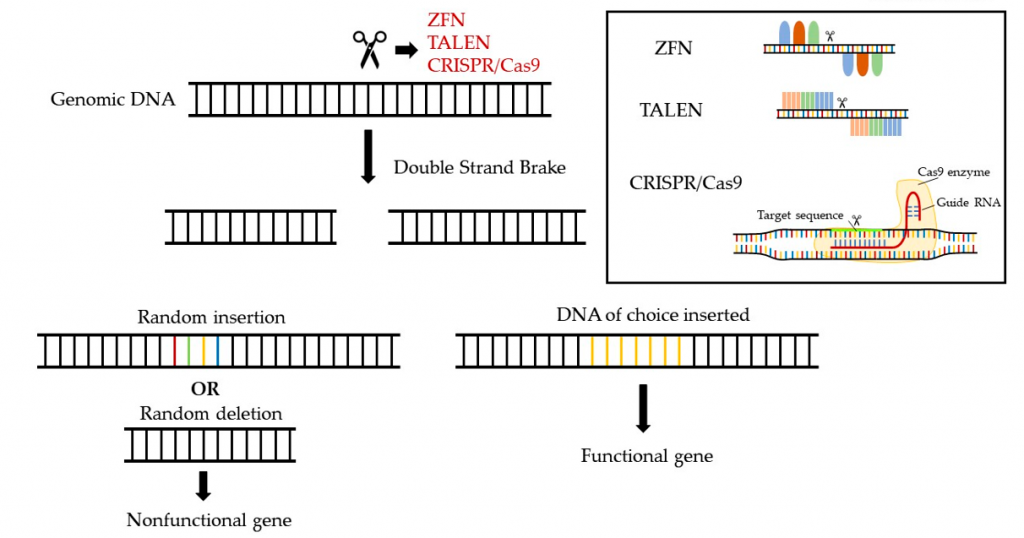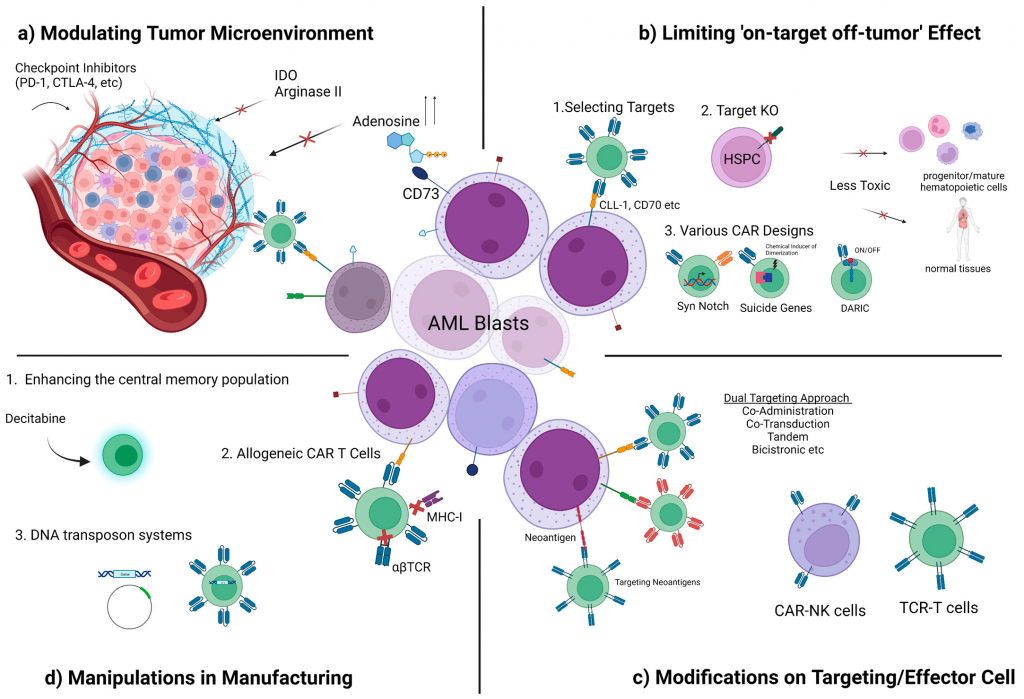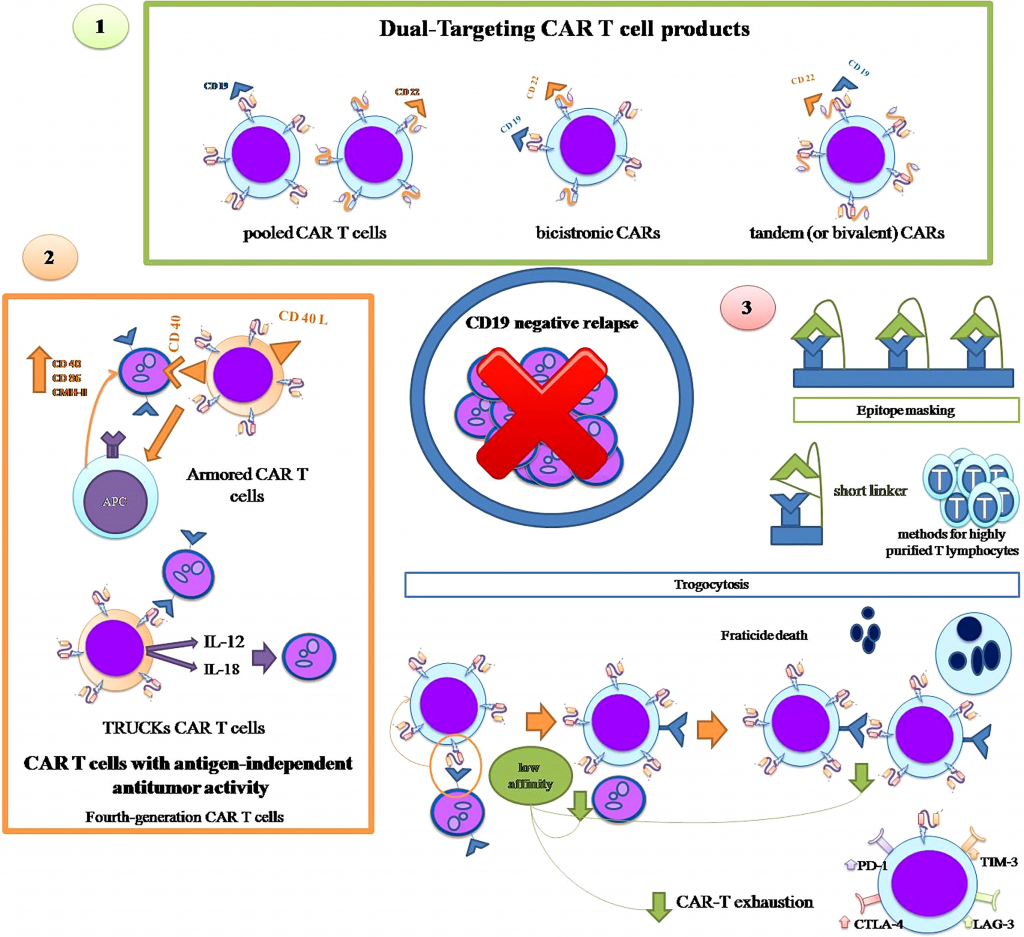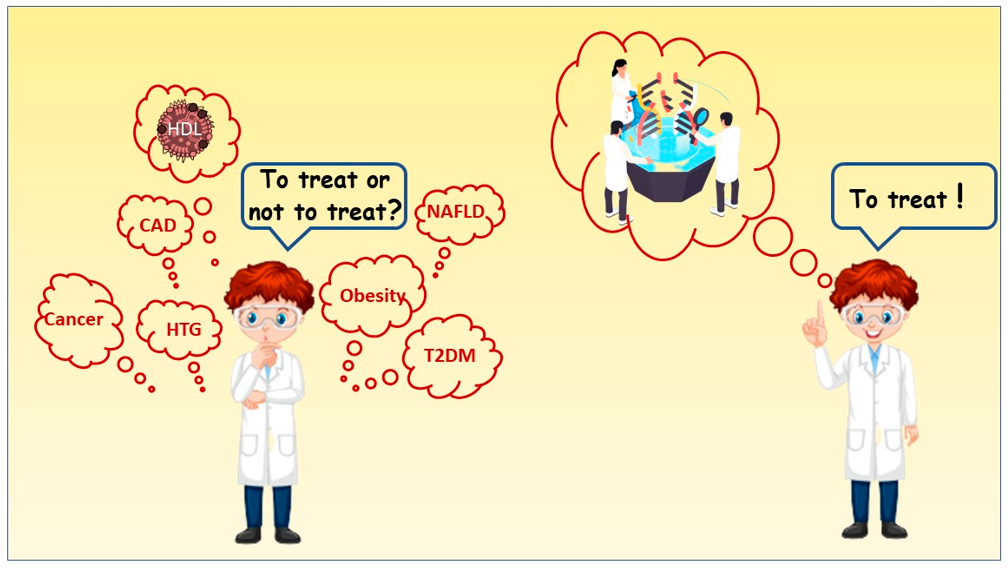The first wave of scientific articles produced thanks to interactions within our GeneHumdi network is out
The GeneHumdi Network aims to pave pathways between the key stages for medical development: basic and translational research, development, production, and healthcare providers and regulators to secure that patients really benefit to the use Gene Editing approaches able to change the actual fate of many diseases.
The goal is ambitious and the first step is to nurture relationships to promote communication and unification of criteria among specialist all over Europe. In this regard, the past March the network held a in person meeting in Granada (Spain) to favor interactions between the members. We are please to witness that this interactions are starting to fruit in the form of joint scientific articles.

Cartoon illustrating gene editing techniques commonly used in academic research. In this example, engineered nucleases are employed to make targeted cuts at specific sequences in the chromosomal DNA. These cuts allow researchers or clinicians to introduce desired changes or reverse disease-causing mutations. Image courtesy of K. Benabdellah, adapted “High-Density Lipoprotein in Metabolic Disorders and Beyond: An Exciting NewWorld Full of Challenges and Opportunities“
The first article fruit of the GeneHumdi network funded by the COST (European Coordination in Science and Technology) appeared in April, shortly after the first Action Meeting. It as a review “The Black Hole: CAR T Cell Therapy in AML” focused on Chimeric Antigen Receptor T (CAR T) lymphocytes used in innovative therapies.
In the review the authors tackle the fact that researchers have struggled to make progress in adoptive cellular therapies for acute myeloid leukemia (AML) compared to B cell cancers. Trials using chimeric antigen receptor (CAR) T cells have shown limited response rates and side effects. New approaches are needed.
Graphical Abstract of the review: “The Black Hole: CAR T Cell Therapy in AML“

Authors discuss the challenges of CAR T cells and other therapies in AML. The genetic and molecular diversity in AML makes treatment complex. Single-cell sequencing data provided insights into cellular variations and hierarchies in AML. While promising strategies include advanced CAR T, TCR-T, and CAR NK therapies, personalized microenvironment targeting, and allogeneic approaches, efforts continue to enhance adoptive cellular therapies for AML by understanding its complexities and exploring innovative strategies.
Two GeneHumdi Action members collaborated to write this review: Erden Atilla (GENyO center, Spain) and Karim Benabdel lah (GENyO center, Spain) were opening the door for many more join articles from the network.
In May this year, a second article from signed from members of the GeneHumdi Network was published in Frontiers of Immunology under the title “Failure of ALL recognition by CAR T cells: a review of CD 19- negative relapses after anti-CD 19 CAR-T treatment in B-ALL”.
In this review the authors address the use of CAR-T cell therapy, which has greatly improved the outlook for patients with refractory or relapsed B cell acute lymphoblastic leukemia (B-ALL), a condition with a poor prognosis under conventional treatment. With anti-CD19 CAR-T cell therapy, the chances of event-free survival for these patients have significantly increased to 50-60% at 1.5 years, which is a significant advancement for this severely ill group. While over 70 % patients achieve complete remission (They defeat the blood cancer until the point is not clinically detectable), the main challenge remains the relapse of the disease (the comeback of tiny amounts of cancer cells that survived and escape detection in the first place and reproduce the disease). Both clinical trials and real-world evidence have shown that relapses often occur due to the limited expansion or persistence of CAR-T cells. Surprisingly, even when CAR-T cells are functioning adequately, some tumor cells manage to evade their attack, resulting in a relapse without the CD19 antigen.

Graphical abstract of the review “Failure of ALL recognition by CAR T cells: a review of CD 19- negative relapses after anti-CD 19 CAR-T treatment in B-ALL” by Aparicio-Pérez C. et al.
The text highlights various mechanisms that contribute to the escape of leukemic cells, including acquired mutations, alternative splicing of the CD19 antigen, loss or masking of the CD19 epitope, leukemia lineage switching, and trogocytosis (this last is when a cell nibbles another cell). In this comprehensive review, authors analyze these mechanisms, examine the incidence of CD19-negative relapse in clinical trials and real-world evidence, and provide an update on the current understanding of the situation.
The review is signed by several GeneHumdi authors in a thrilling collaboration between Clinicians and academic to help promote the actions values: Maria Dolores Carmona(IMIBIC Institute, Spain), Karim Benabdel lah (GENyO center, Spain) and Concha Herrera (Reina Sofía University Hospital, Spain).
Last but not least, the first international publication nurtured from GeneHumdi Network interactions highlight the need to apply Gene Editing for treatment of Humans diseases.
The review “High-Density Lipoprotein in Metabolic Disorders and Beyond: An Exciting NewWorld Full of Challenges and Opportunities” signed by 2 Members of the Action: Karim Benabdellah and Kyriakos E. Kypreos.
In this paper they review te role of High-density lipoprotein (HDL), a type of fat and protein in the blood that helps remove excess cholesterol. It also plays a role in metabolic disorders like obesity, diabetes, and fatty liver disease. Low levels of HDL and dysfunctional HDL are found in certain cancers. Adjusting HDL levels and improving its function can benefit these conditions. Previous attempts to raise HDL cholesterol (HDL-C) through medications were not successful, and new clinical trials are needed. Gene editing technology may revolutionize treatment by improving dysfunctional HDL.
Cartoon cortesy of K. Benabdel lah extracted from “High-Density Lipoprotein in Metabolic Disorders and Beyond: An Exciting NewWorld Full of Challenges and Opportunities“.

These articles are proof that Gene Editing for the treatment of humans Editing Network is set in motion and already having an impact promoting bounds among Academic and Clinical peers. We expect more articles to be produce to help unify scatter information regarding the Genome Tools and strategies available to help treat Human disease as the action further promotes dialogue and unification between peers and among the different actors and agencies involved in new medicines discovery, development, authorization and manufacture.
Gene Editing for the treatment of Humans Diseases (GeneHumdi | CA21113) is funded by the EU through Cooperation in Science and Technology (COST)
Granada , 2023
References:
(1) Atilla, E.; Benabdellah, K. The Black Hole: CAR T Cell Therapy in AML. Cancers 2023, 15, 2713. https://doi.org/10.3390/cancers15102713
(2) Zvintzou, Evangelia, Eva Xepapadaki, George Skroubis, Victoria Mparnia, Katerina Giannatou, Karim Benabdellah, and Kyriakos E. Kypreos. 2023. “High-Density Lipoprotein in Metabolic Disorders and Beyond: An Exciting New World Full of Challenges and Opportunities” Pharmaceuticals 16, no. 6: 855. https://doi.org/10.3390/ph16060855
(3) Aparicio-Pérez C, Carmona M, Benabdellah K and Herrera C (2023) Failure of ALL recognition by CAR T cells: a review of CD 19-negative relapses after anti-CD 19 CAR-T treatment in B-ALL. Front. Immunol. 14:1165870. doi: 10.3389/fimmu.2023.1165870
